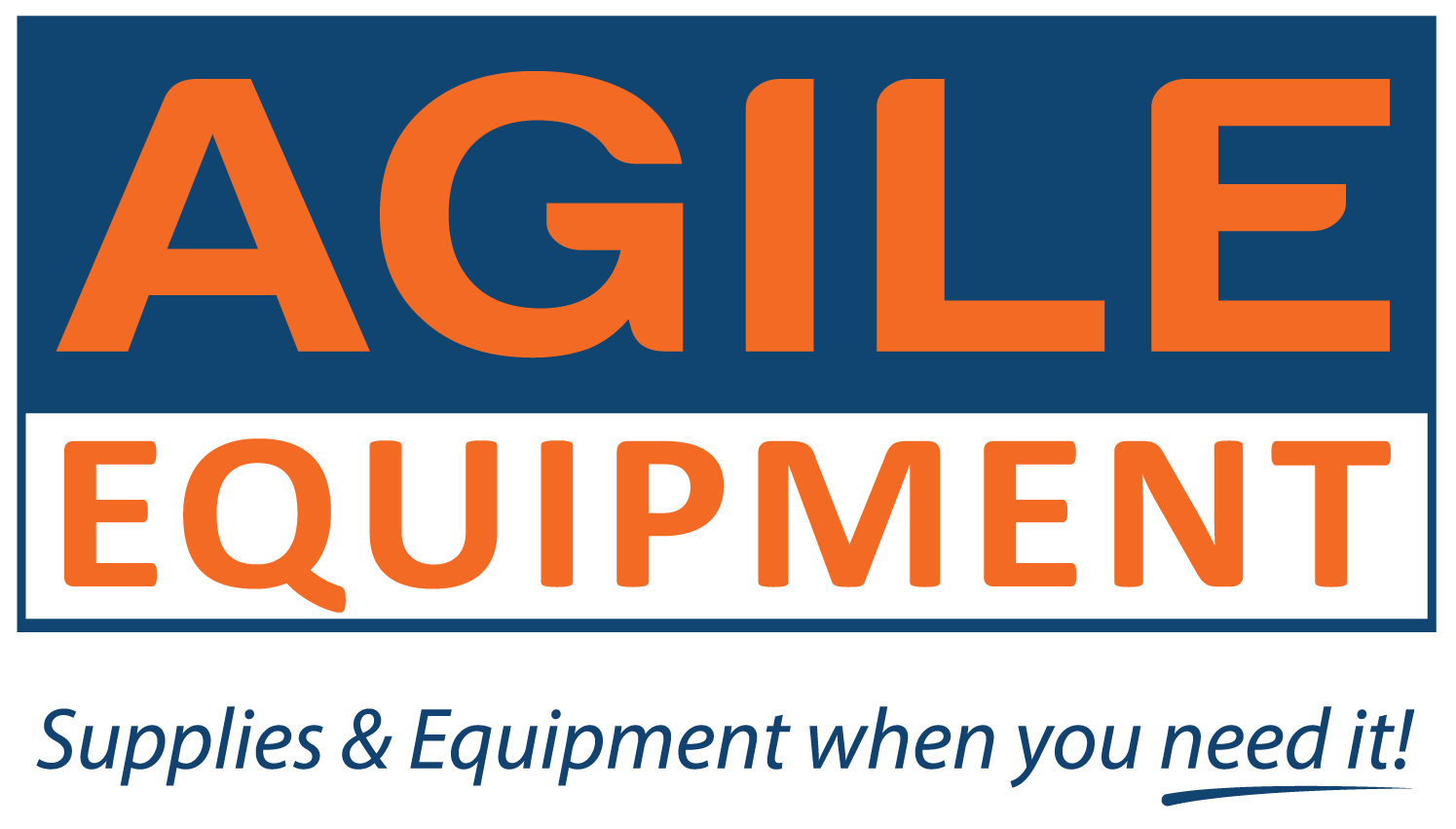Need to carry out water damage restoration to your ceiling?
What you need for a water damaged ceiling..
-
Thermal imaging camera or moisture meter (to buy)
-
Dehumidifier (1+ depending on size)
-
Air movers (2+ depending on size)
- Grunt bags for removal of debris/wet insulation
1. Find the source
A leaking ceiling means that water is getting into the roof space somehow. If you are in a two storey house, consider whether a shower, toilet or leaking pipe is causing the water damage to occur. If you’re in the top storey, it is most likely that there is a hole in the tiling of your roof. In the first instance, there are different ways to approach this.
The easiest way is to hire or buy a thermal imaging camera. Using this hand held device can show you visually which spots in the roof have low temperatures, indicating moisture.
Simply hold it up to the water damage area to see the spread. Often this visual confirmation can indicate the general direction the water is coming from, and may lead you directly under the second storey source such as a leaking shower.
You can also achieve this by using a moisture meter, while not showing you visually the spread, the repeated testing of areas will help you hone in on the location of the source.
It is also important to use this in the storey above, to confirm the source of moisture. If it is in the attic / void space, you’ll need to climb into that space and confirm the source.
2. Fix the source
This is pretty straight forward. You’ll need to fix the source of water before moving on.
Call a specialist to fix the shower, hose, roof tiling, piping etc.
3. Drying minor ceiling water damage
If the ceiling is sagging a little this may indicate a large body of water.
You may need to poke a hole with the screw driver and catch the leaking water with a bucket. If it is a ceiling space and there is wet insulation, this must also be removed, placing into grunt bags to dispose of.
Wet insulation can significantly impede the drying process, or stop it from occurring in particular spots, if not taken care of.
Once done, you’ll want to target dry the water damaged ceiling.
We recommend using a dehumidifier with as many air movers needed for the spread of water. If the water damage has spread over a more than one room, then more dehumidifiers may be required.
Note that this drying equipment will most likely make that room/s uncomfortable to stay in due to the heat and noise.
This will also help with carpet water damage, drying the carpet, underlay and subfloor underneath.
NOTE: If mould is present, this mould should be thoroughly cleaned first. Turning on air movers and dehumidifiers may risk spreading mould spores or spreading mould spores into equipment.
We recommend you use microfibre cloths and something like Benefect Atomic Degreaser, to help physically remove the mould.
Consider using the AS650 for mould spore removal from the environment.
What about the void space? Do we need to dry that too?
In most cases, the drying of the underside will draw moisture away from the void space, to the dry side of the ceiling, where the dehumidifier will continue to dry the moisture.
This means that the void space is indirectly dried as well.
It is important however to inspect the void space after drying to confirm this. If it has not, a ducting set up with the dehumidifier may help with this
4. After drying
Depending on the damage to the ceiling (such as bowing) you may need to get the plasterboard replaced as well as any insulation that may have been taken away.
An example of water damage ceiling drying:
Need Equipment for DIY drying? Are you a water damage restorer?
Agile equipment provides all the drying equipment you need to carry out your water damage restoration yourself.
We sell and hire out:
dehumidifiers,
air movers,
air scrubbers,
extractors,
ozone generators,
cleaning chemicals,
environment meters,
power tools
and safety gear;
everything you need to complete your restoration job.

